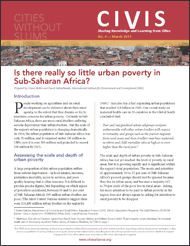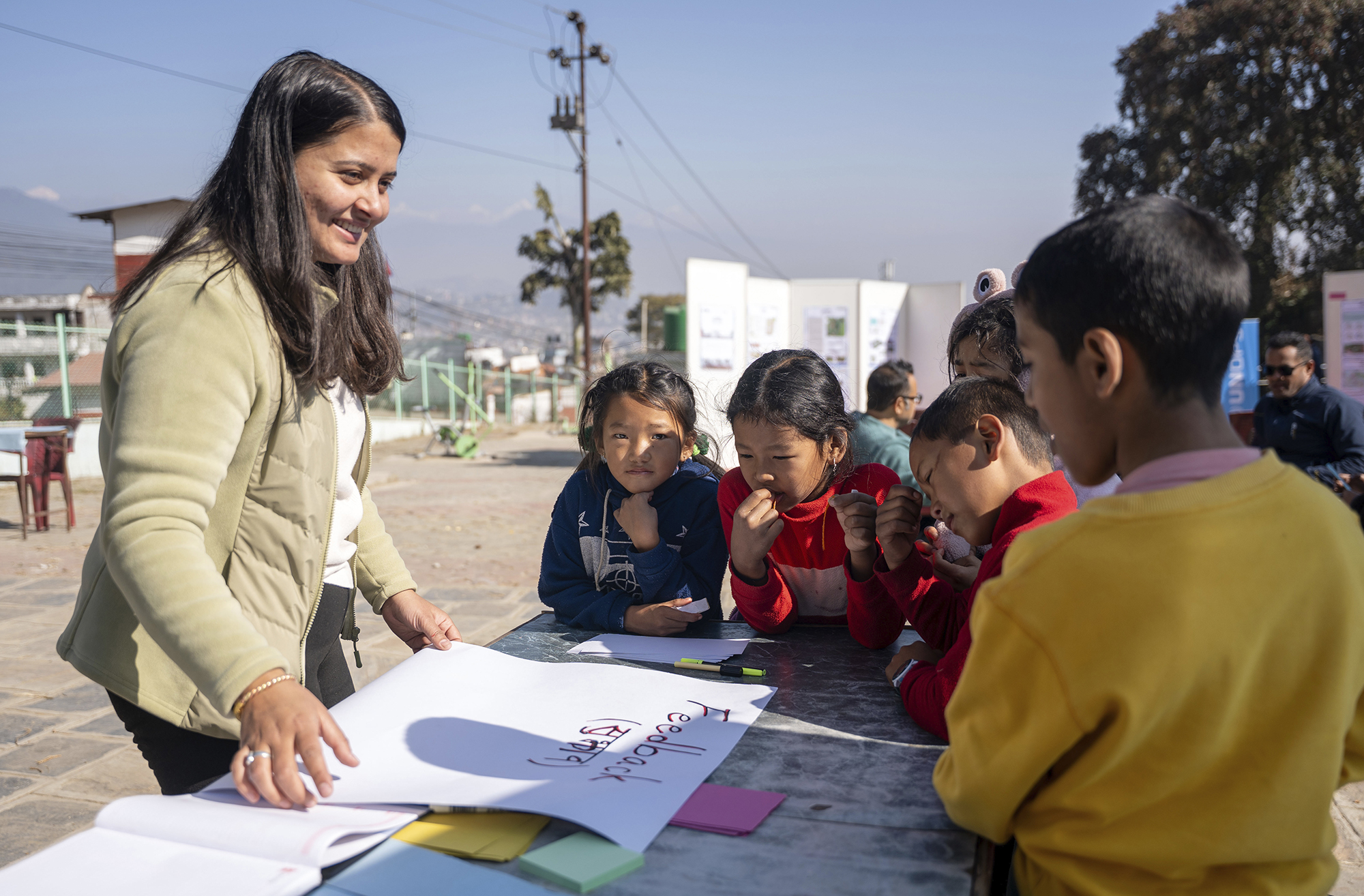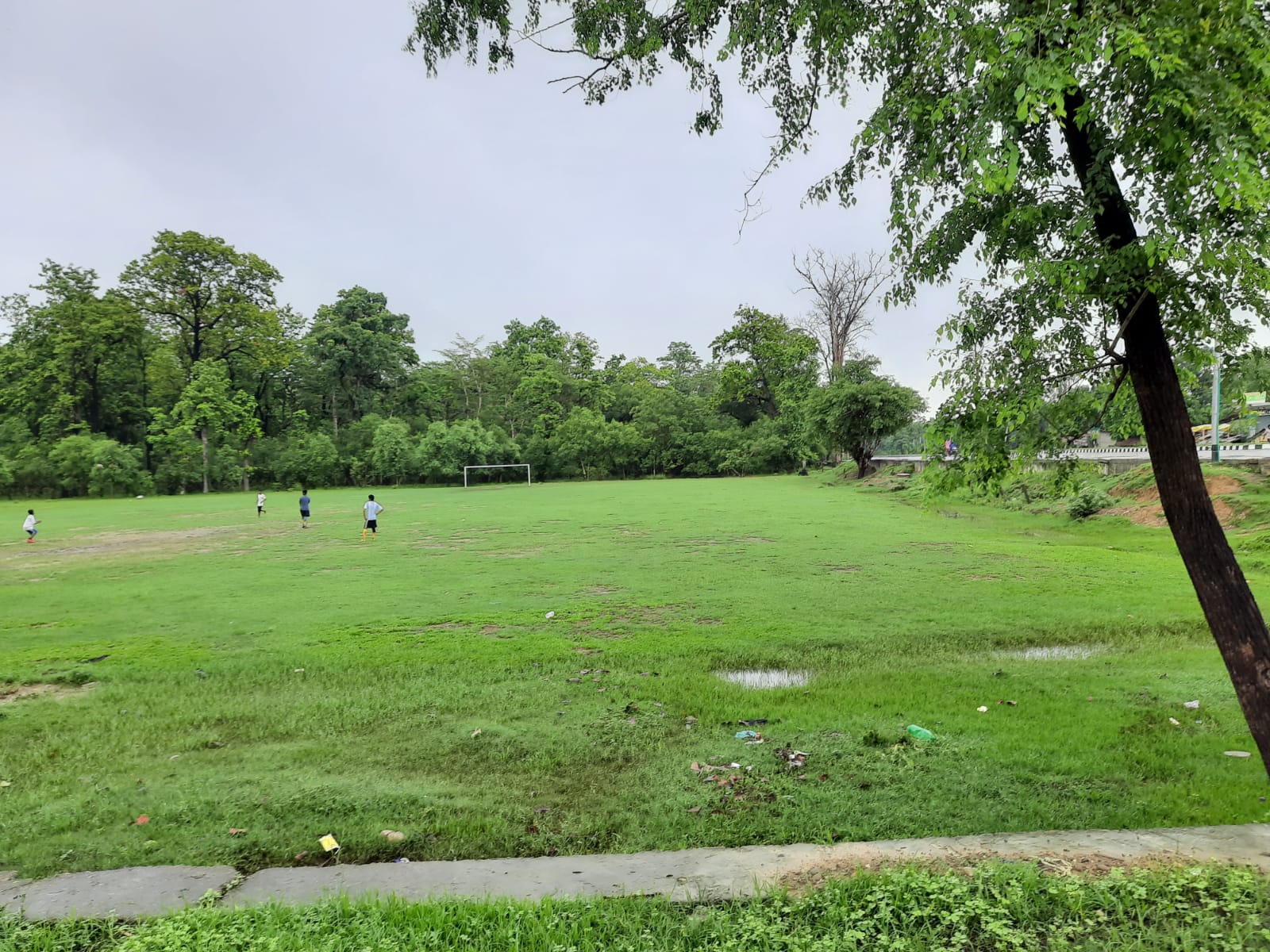
The authors, Diana Mitlin and David Satterthwaite of the International Institute for Environment and Development (IIED), argue that the scale of urban poverty in Sub-Saharan Africa is under-estimated and growing rapidly.
Today, between 30 and 55 per cent of the region’s 300 million urban dwellers are poor – a significant percentage of the total population.
A primary factor for this under-estimation is the misleading use of the poverty base line of $1 or $1.25 a day per person, they contend. This base line is predicated almost entirely on the cost of food and does not take non-food requirements into consideration, which can differ significantly between urban and rural areas.
In urban areas, for example, low-income households have considerable non-food needs, including rent, high water prices, and transport costs. When these non-food needs are taken into consideration, even if these are met inadequately, the costs in cities and many smaller urban centres are much more than $1 or $1.25 per person per day.
“This is not an issue of rural versus urban; in many contexts, rural poverty may be considerably under-estimated by the $1 or $1.25 per person per day,” the authors note. “But what is beyond doubt is that it is very misleading to use the $1 or $1.25 per person per day poverty line in calculating the scale and depth of urban poverty.”
They caution against under-stating rural poverty or using data selectively to bolster the case for more attention to urban poverty in ways that underplay rural poverty.
However, a commitment to poverty reduction needs to recognise that it requires strong rural and urban components and an understanding of how rural-urban links influence poverty.
“Estimates for just 15 years into the future suggest that 43 per cent of the region’s population will be urban in 2025,” they conclude. “A failure to develop the methods to assess and reduce urban poverty now means a continuing escalation in the number facing poverty.”
Download “Is There Really So Little Urban Poverty in Sub-Saharan Africa?”




